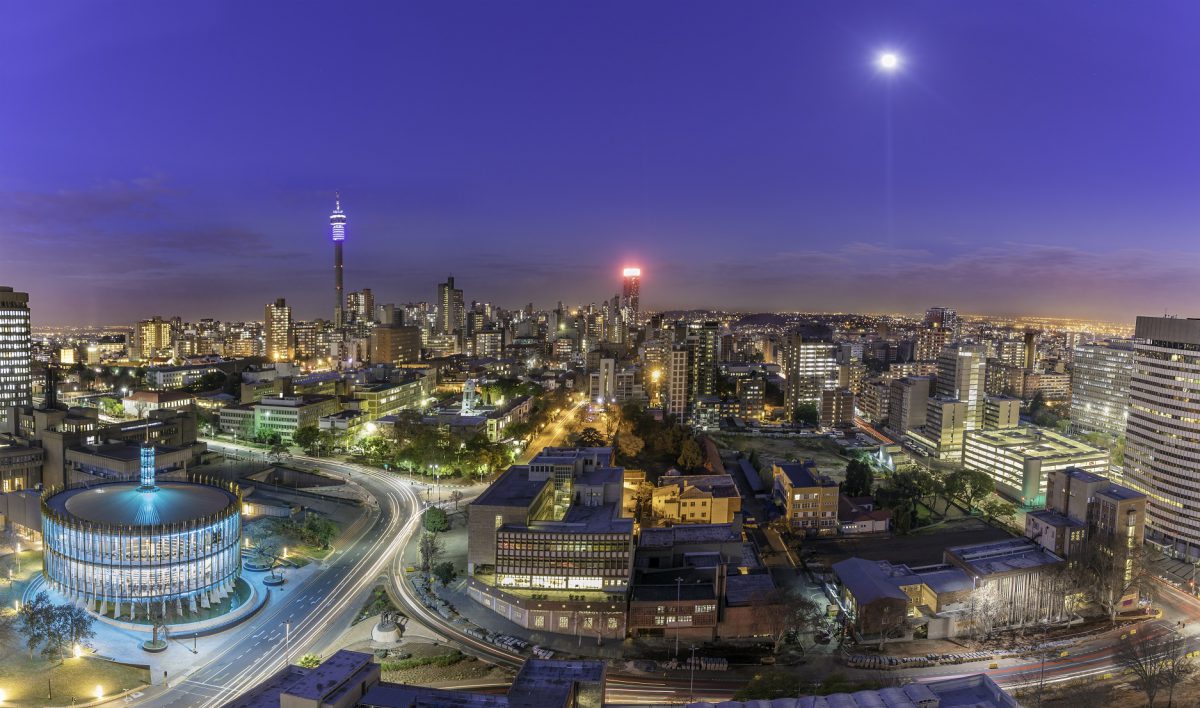The need for robust, authoritative climate data is vital for plans to develop a potential “eco-district” in Johannesburg, South Africa. The City of Johannesburg has asked IISD to estimate how much better “green” buildings perform relative to the current ones in the Paterson Park District, using the Copernicus Climate Change Service (C3S) best-in-class climate data to inform this assessment.
The C3S integrated SAVi assessment has important implications for the city’s efforts to transition to low-carbon or net-zero carbon emission pathway. The results help inform the city’s decision-makers as it considers adopting green building standards and investing in sustainable buildings in Paterson Park and other precincts, as well as across Johannesburg overall.
Johannesburg is investing in infrastructure upgrades and new social facilities in the Paterson Precinct to support further private sector investments in housing and business developments. Also envisioned are improved environmental standards in order to optimize Paterson Precinct’s environmental resilience and sustainability.
The Paterson Park Precinct will involve an easily walkable, urban environment featuring various cultural and recreation activities. The project includes an upgraded recreational center, a new library building, an indoor sport facility, a craft center, and various outdoor sports facilities. Construction has been underway in the precinct for various months and is due to conclude in mid-2020. The Precinct is within walking distance from Johannesburg’s public bus rapid transit (BRT) network.
The SAVi assessment includes:
- An economic valuation of the current buildings of the Paterson Park Precinct based on project-related data.
- A simulation of the impact of green and climate-resilient buildings in terms of investment, operational costs, and co-benefits (e.g. reduced GHG emissions, avoided health costs).
- A simulation of different climate scenarios and their impact on the performance of the building projects and their co-benefits.
- A financial analysis, comparing the financial performance (IRR, NPV) of green buildings and current building design under different climate scenarios.
To determine the characteristics of the green and climate resilient buildings, we engaged with the City of Johannesburg on the green building codes that the City is envisaging. The C3S climate variables included in the analysis are temperature change, heating and cooling degree days, and precipitation. Green buildings are expected to perform better under the different climate scenarios, as they regulate heating and cooling and include rainwater harvesting features.

